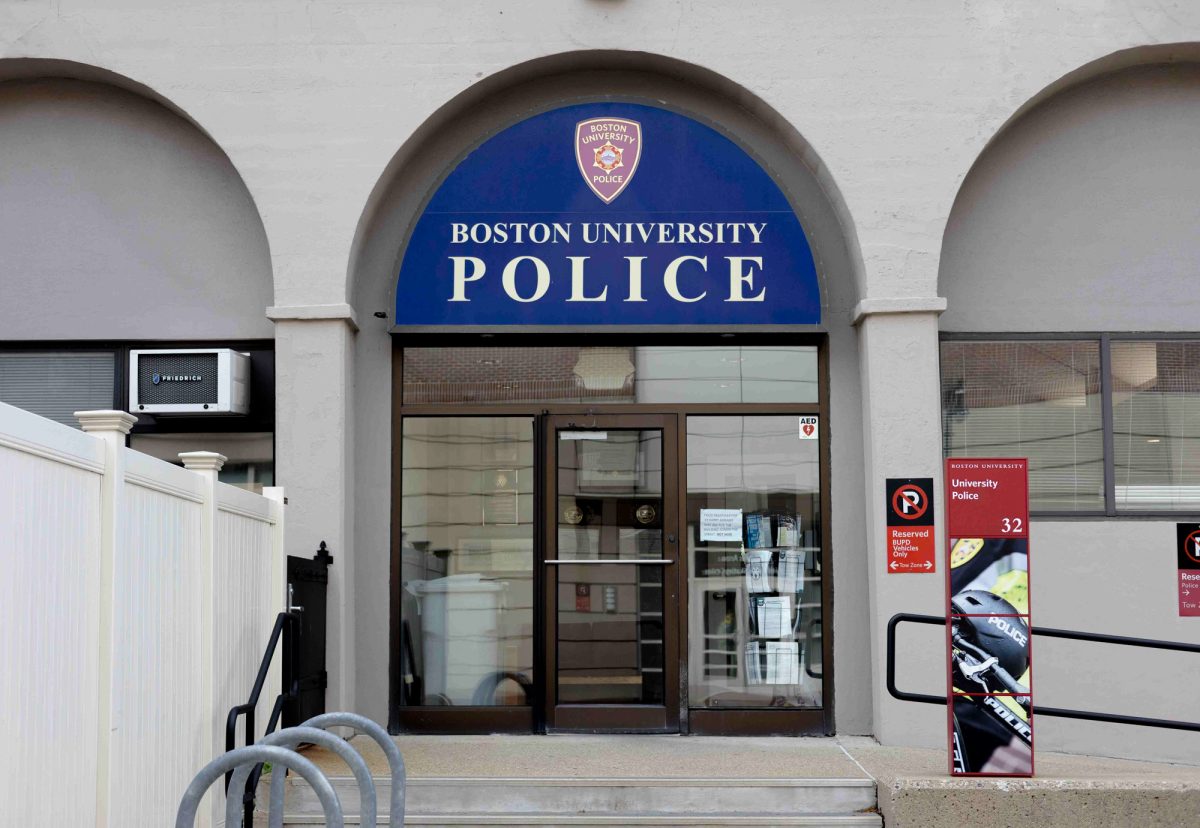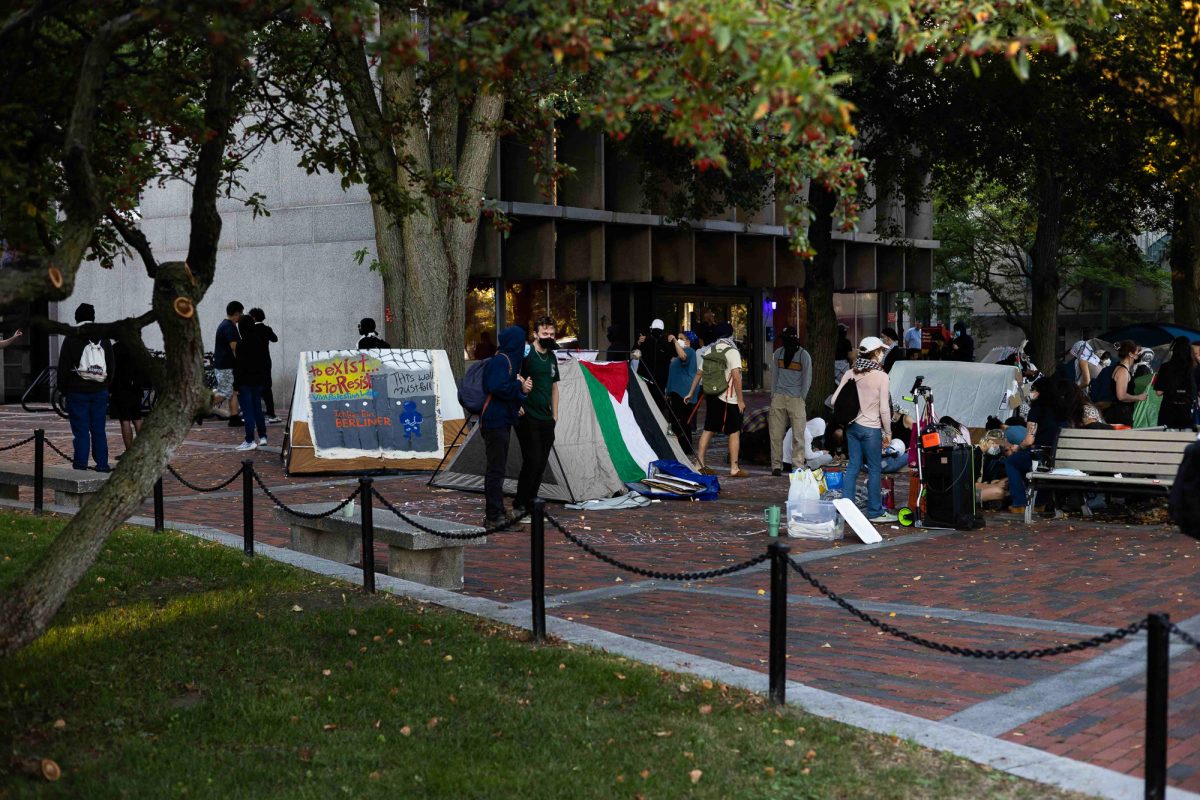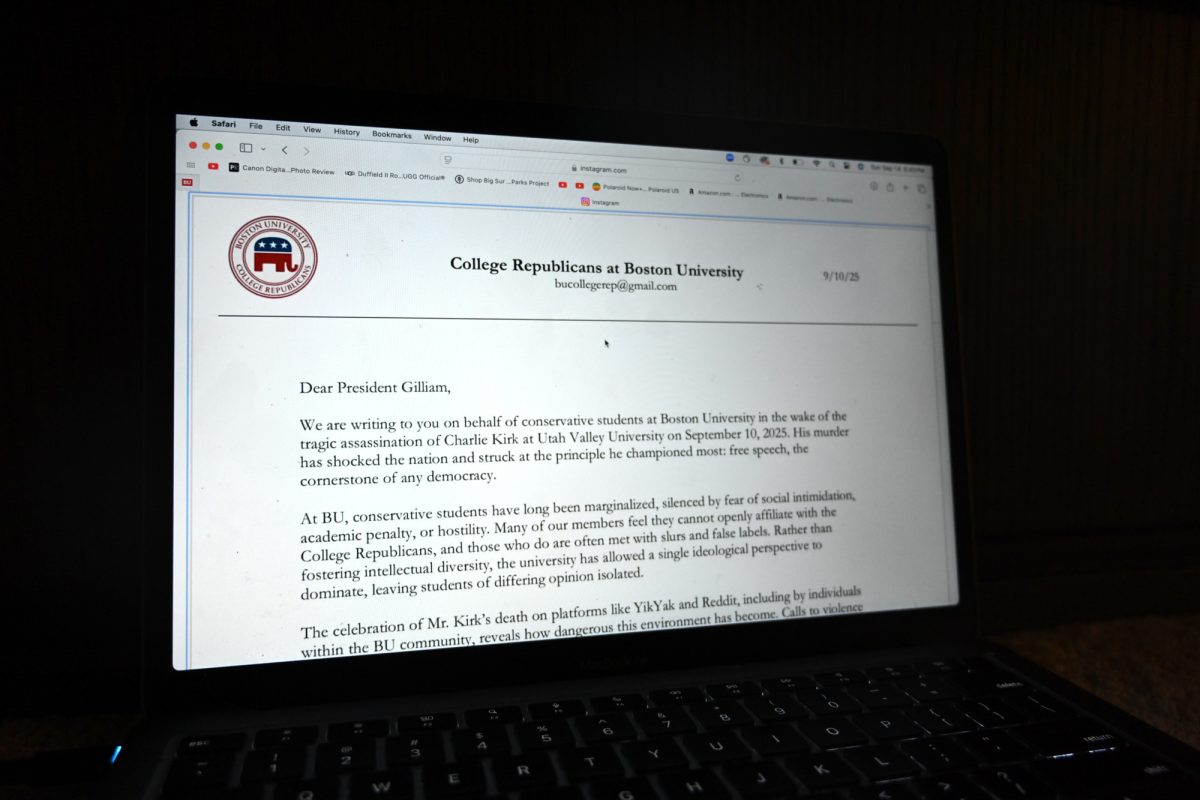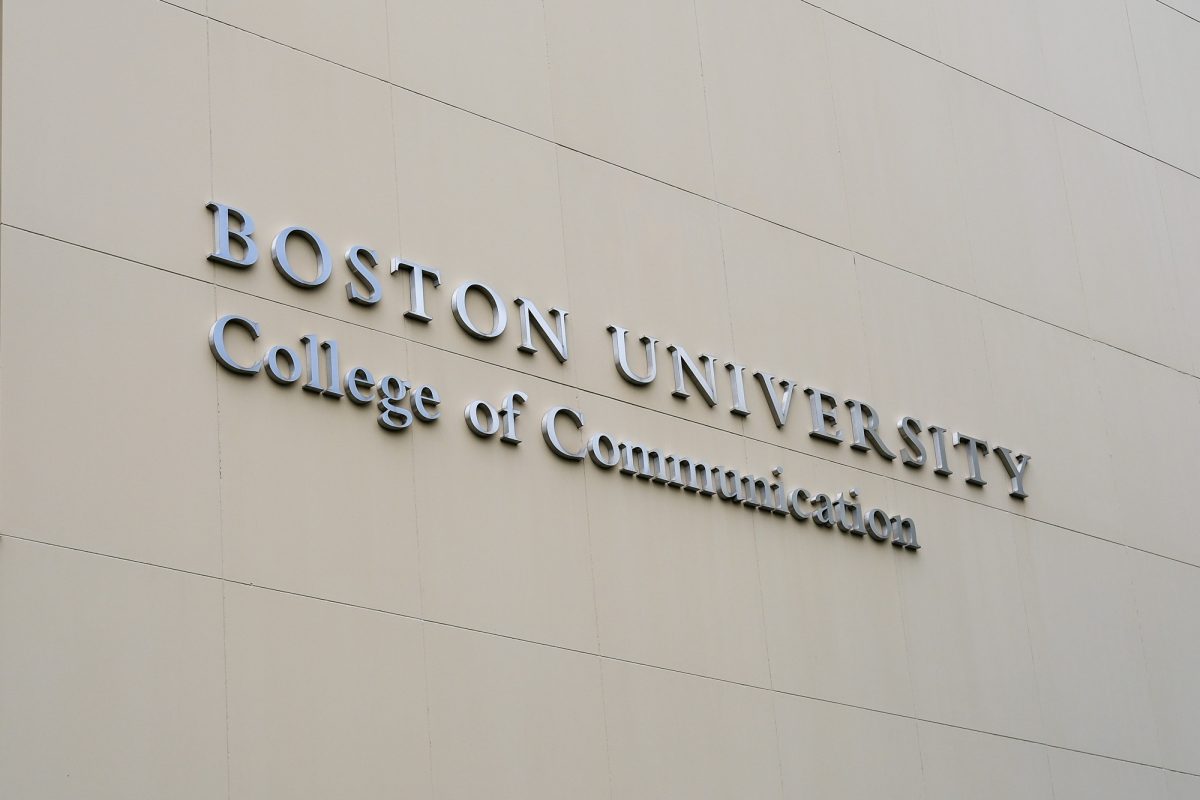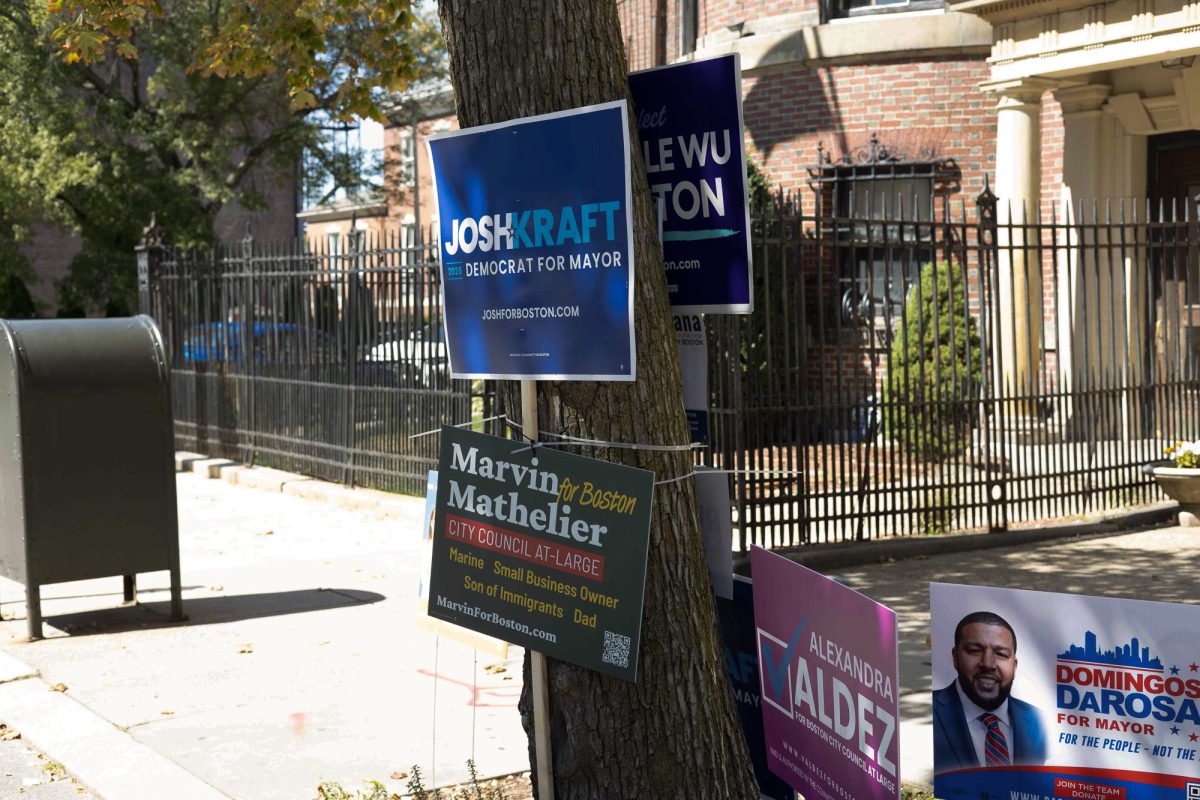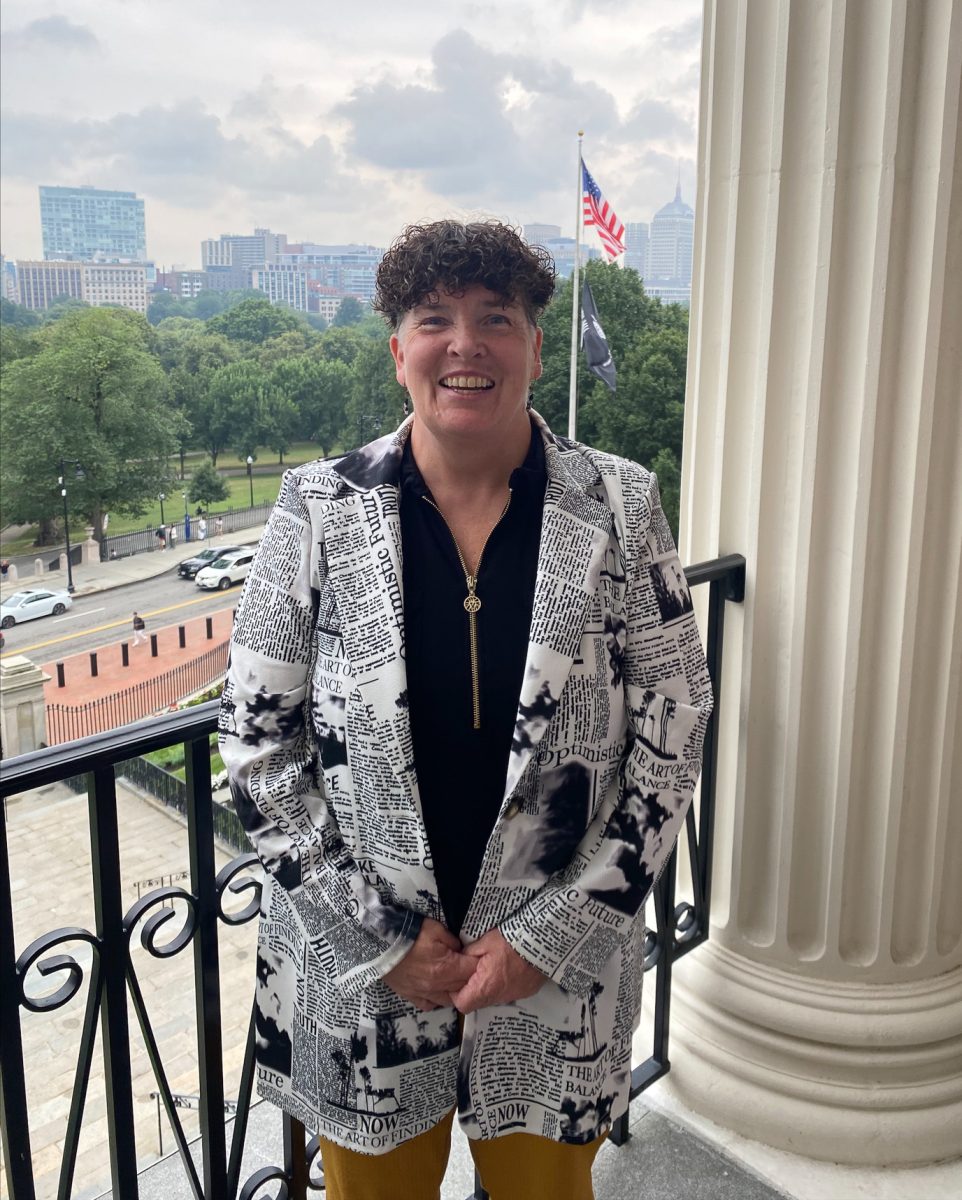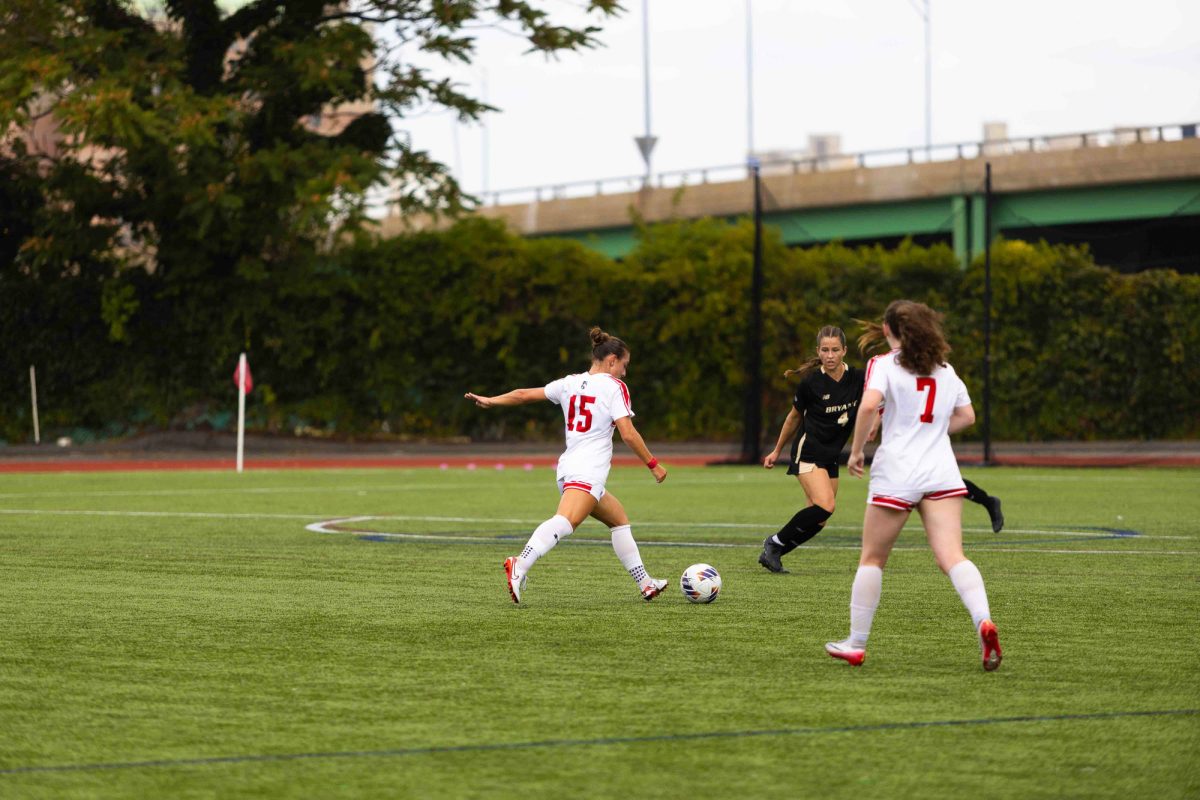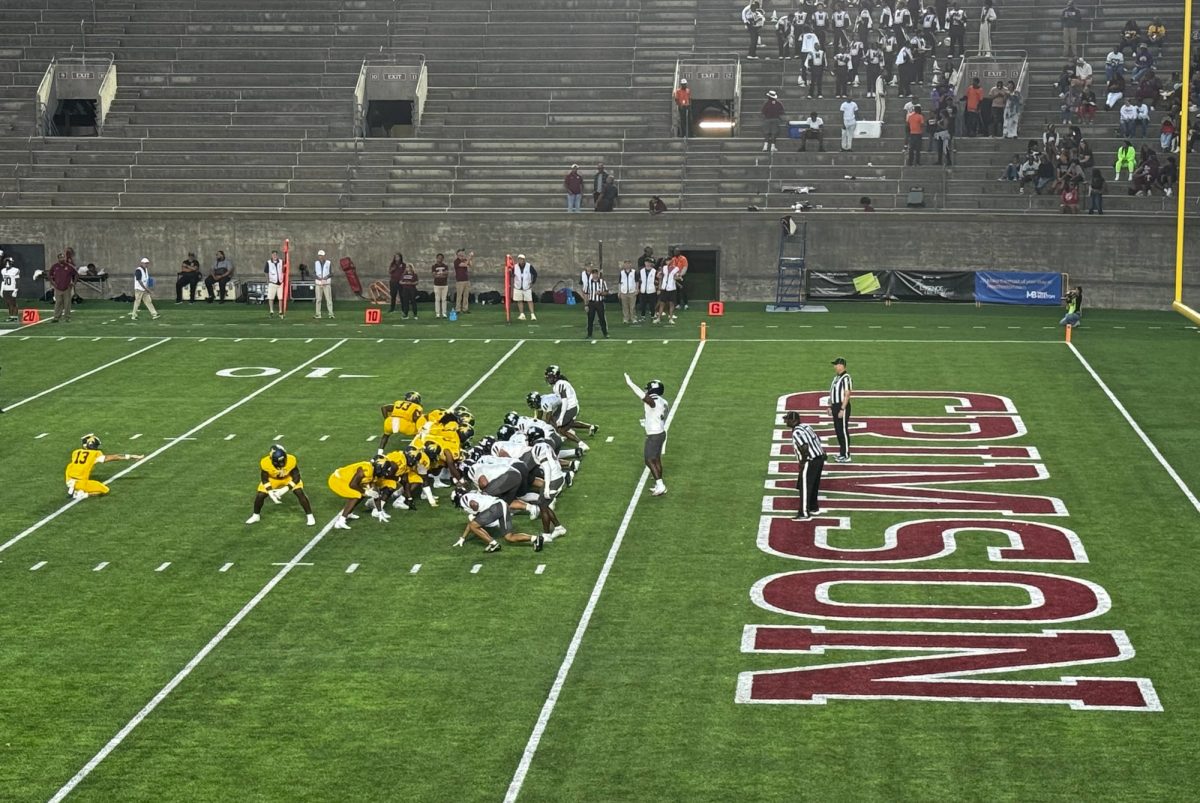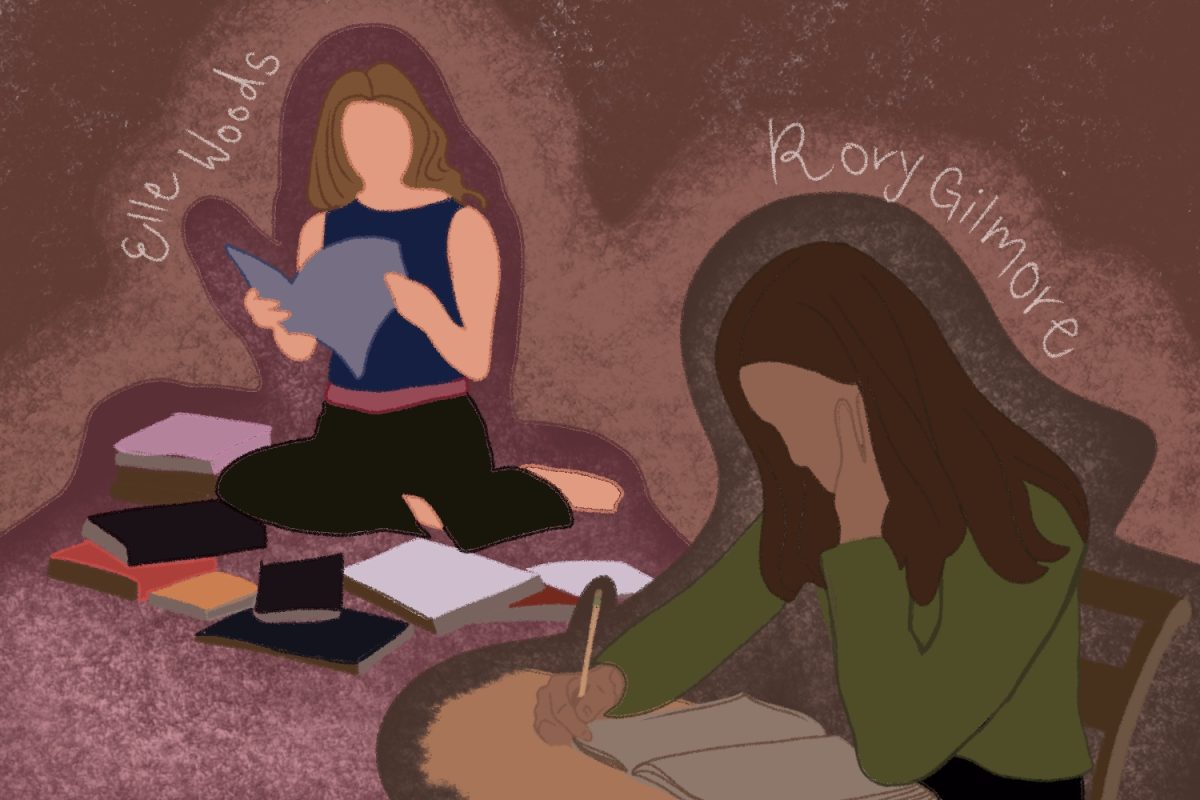Fighting against more than a dozen 17-foot advertisements to be placed in the city, Beacon Hill residents said the JCDecaux plan for more kiosks is an eyesore that should not plague the residential area.
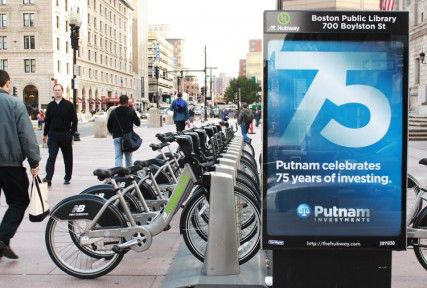
The Boston neighborhood of Beacon Hill has recently voiced concerns over new advertising projects slated to go up this fall.
Residents of the area said they are worried that the historic nature and feel of Boston is being threatened by the introduction of 48 large advertisements scheduled to go up in the Downtown Crossing area this fall.
“There’s not supposed to be ads in residential neighborhoods,” said MaryLee Halpin, executive director of the Beacon Hill Civic Association. “It doesn’t fit with how the neighborhood should look, when you can see billboards and wall space ads everywhere.”
Similar JCDecaux advertisements are located in downtown Boston and other popular places such as Faneuil Hall.
“They’re all an eyesore and it detracts from the neighborhood, which prides itself on being its own community within the downtown city,” Halpin said.
The recent surge in advertising in the city is part of the 20-year long Boston Street Furniture program, which provides amenities to residents and tourists including automatic public toilets, newsstands, bus shelters and information panels at no cost to the city, according to the City of Boston website.
Advertising revenue throughout the city offsets the building and maintenance costs of these accessories to the city.
Currently, JCDecaux has more than 800 advertising faces in the city of Boston, according to the JCDecaux website. All street advertisements are backlit 24 hours a day.
This fall, JCDecaux plans to unveil 48 new 17-foot tall advertising kiosks to heavily trafficked shopping and entertainment areas including Downtown Crossing, Faneuil Hall and Boylston Street.
“We know the city needs to make money, but there are boundaries that individuals do not want crossed,” Halpin said.
Halpin and the neighborhood association have made efforts to voice their concerns, but have little influence on their own.
“We’ve already written to the city and state governments, and we just don’t want to see regulations get looser,” she said.
Renaud Couillens, vice president of marketing for JCDecaux, said while Boston is an historic city, JCDecaux advertisements still work well in it.
“There aren’t extreme billboards like in New York, and we’re not looking for there to be,” he said. “Our advertisements are meant to be simple and able to deliver a message quickly. We put them in high-density areas that will be seen by many people. That works in any city and is effective advertising in general.”
Couillens said the company understands how its market changes depending on what city advertisements are located.
“Different cities have different personalities and you have to take that into consideration,” he said. “Any advertiser will know to take into account their surroundings and who their advertising to, and we don’t overstep that.
In addition to Boston, Decaux’s advertisements are found in Chicago, San Francisco, Los Angeles and St. Louis.
Despite the efforts to maintain simple advertising, residents continue to campaign for less visual pollution in the city.
“I would love to see more citizens, community members and students take up this issue,” Halpin said. “It remains a very close concern to us.”
Some Back Bay residents had concerns over how advertising in their neighborhood would compromise.
Stephanie Maxell, 34, and her husband Chandler Maxwell, 37, are moving to Irving Street in Beacon Hill from Illinois within the next month and said they heard about the possibility of ads in the future.
“We researched the neighborhood a lot before we decided to move out here,” Stephanie Maxwell said, “and we saw that there were some complaints about it, which worried us a little.”
Chandler said he agreed the neighborhood was much more picturesque without ads.
“The neighborhood has so much character that it would be a shame if it was overrun with advertisements,” he said.
Margaret Hanger, 57, lives on Myrtle Street in Beacon Hill and said ads are meant for heavily populated, downtown areas.
“They are an eyesore,” she said. “And if they began to come into the area more it would certainly detract from the appeal of the neighborhood, at least visually.”

